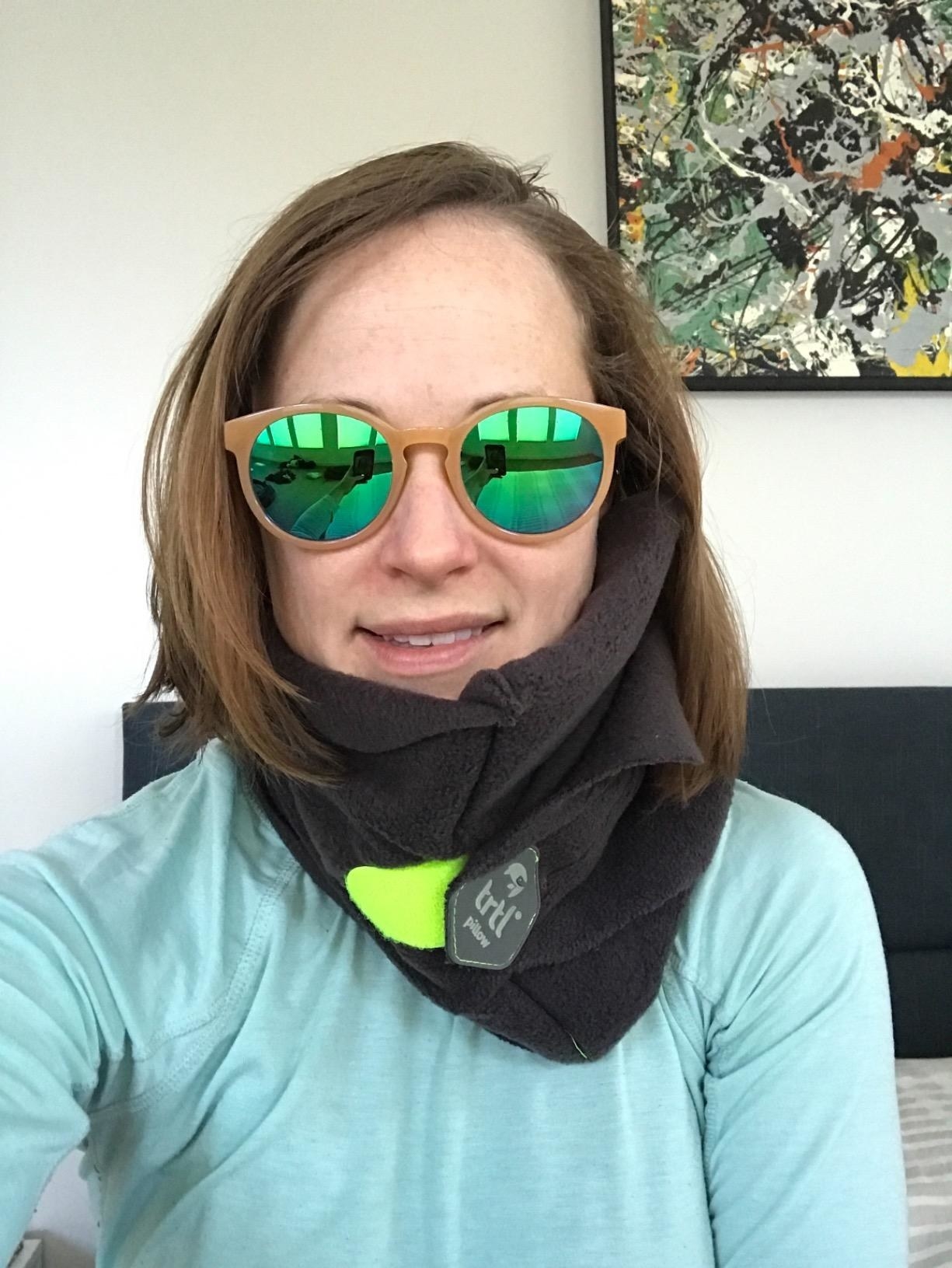


“The key is physical control of your body, and some individuals adapt more quickly than others.” “On a boat or plane, you have to learn to move differently-like sailors who get their ‘sea legs’ after a few days,” he says. One of the biggest proponents of this “postural stability theory” is Tom Stoffregen, a professor of kinesiology at the University of Minnesota. However, other scientists believe that people get motion sick because they don’t instinctively change how they sit, stand, or walk in a moving mode of transport. This results in symptoms like a dry mouth, dizziness, upset stomach, or a pounding headache. Sensory conflict happens when your body feels the heaving of an ocean ferry or the jolting motion of a bus winding through the mountains and your eyes, ears, and other senses can’t catch up. “Human beings did not evolve to travel in space shuttles and use virtual-reality video games,” says Marcello Cherchi, a neurologist at Northwestern University’s Feinberg School of Medicine. Many scholars believe motion sickness is caused by sensory conflict, a discrepancy between what people see and what their bodies are experiencing. Scientists aren’t sure why some people feel nauseated the second they step on a boat, while others can blithely read long novels while riding in the backseat of a car. Here’s why motion sickness happens and what travelers can do to prevent it. “We’re even seeing cybersickness now, with people looking at their phones when riding in the car or wearing glasses for a 3D movie,” says Andrea Bubka, a professor of psychology at Saint Peter’s University in New Jersey, who has extensively studied motion sickness. Recent surveys of members of the Indian Navy, Icelandic fishermen, and South Carolina marine biologists indicate that up to 80 percent of individuals who work on boats get seasick sometimes. Studies suggest that more than half of all people who ride in automobiles experience carsickness. Motion sickness like this can happen to almost anyone, including children and dogs. It’s an encounter with nausea, dizziness, and cold sweats. Commonly used medicines are diphenhydramine (Benadryl), dimenhydrinate (Dramamine), and scopolamine.For some travelers, a catamaran sail off Oahu, Hawaii, or a camel ride through the desert in Morocco isn’t an enviable vacation experience.
Motion sickness glasses on airplane professional#
Talk to a healthcare professional to decide if you should take medicines for motion sickness. Medicines can be used to prevent or treat motion sickness, although many of them cause drowsiness. Use flavored lozenges, such as ginger candy.Try and distract yourself with activities, such as listening to music.Even stopping for a short period of time helps. Limit alcoholic and caffeinated beverages. If possible, try lying down, shutting your eyes, sleeping, or looking at the horizon.Choose a window seat on flights and trains.The following strategies can help you avoid or lessen motion sickness. Preventing motion sickness without medicineĪvoiding situations that cause motion sickness is the best way to prevent it, but that is not always possible when you are traveling. Motion sickness can make traveling unpleasant, but there are strategies to prevent and treat it. You can get motion sick in a car, or on a train, airplane, boat, or amusement park ride. This can cause dizziness, nausea, and vomiting.

Motion sickness happens when the movement you see is different from what your inner ear senses.


 0 kommentar(er)
0 kommentar(er)
